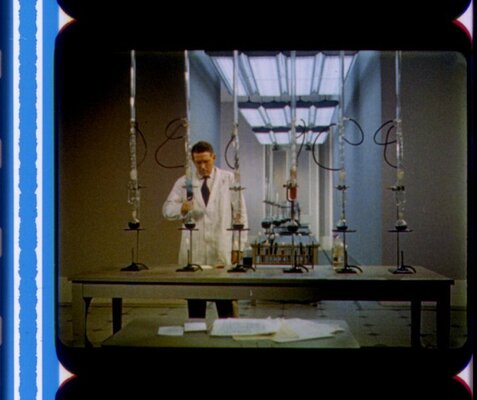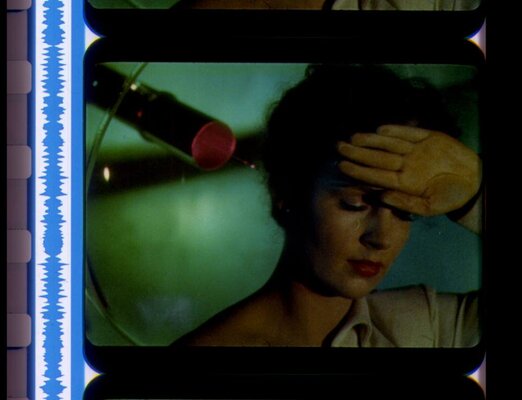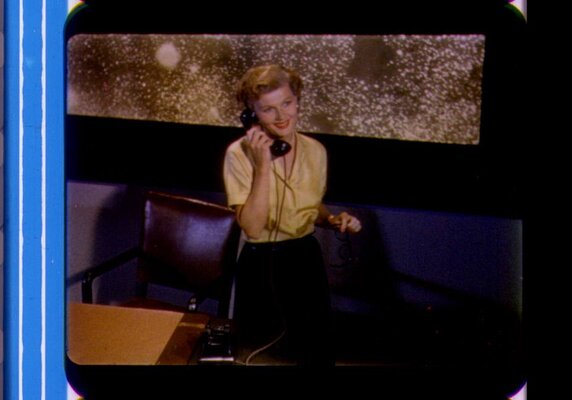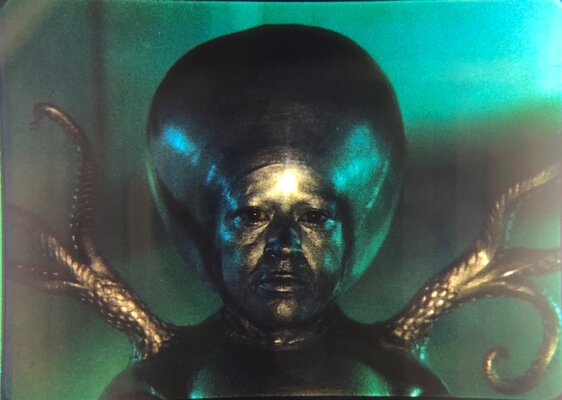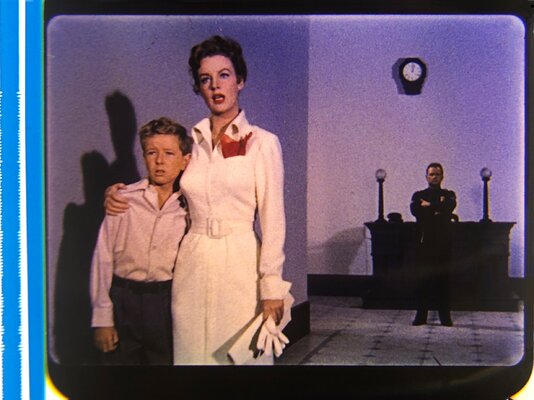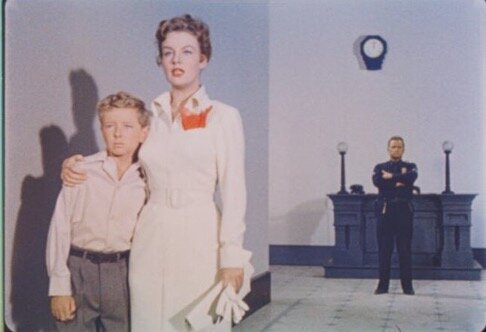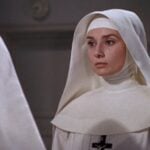Jack Theakston
Supporting Actor
Bob,
Fortunately now, we are in an age where not only can one give citations, but the original articles. The sources for the details on the "hows" may be found in Alan Gundelfinger's main patent about double-toning (prepared to go glassy-eyed at chemical formulae), as well as the article for the process that was published in the January 1950, which includes some very nice photos of Cinecolor's lab equipment circa 1949.
I wouldn't say that the processing end of things were any more difficult than any other color process of the time, but the research and development of getting it right was probably way more than any one company should have taken on, outside of EK, who had the research labs to do this stuff (and, of course, were the ones who made it all possible with the introduction of bipack stocks and printing in the 1910s.)
Fortunately now, we are in an age where not only can one give citations, but the original articles. The sources for the details on the "hows" may be found in Alan Gundelfinger's main patent about double-toning (prepared to go glassy-eyed at chemical formulae), as well as the article for the process that was published in the January 1950, which includes some very nice photos of Cinecolor's lab equipment circa 1949.
I wouldn't say that the processing end of things were any more difficult than any other color process of the time, but the research and development of getting it right was probably way more than any one company should have taken on, outside of EK, who had the research labs to do this stuff (and, of course, were the ones who made it all possible with the introduction of bipack stocks and printing in the 1910s.)




